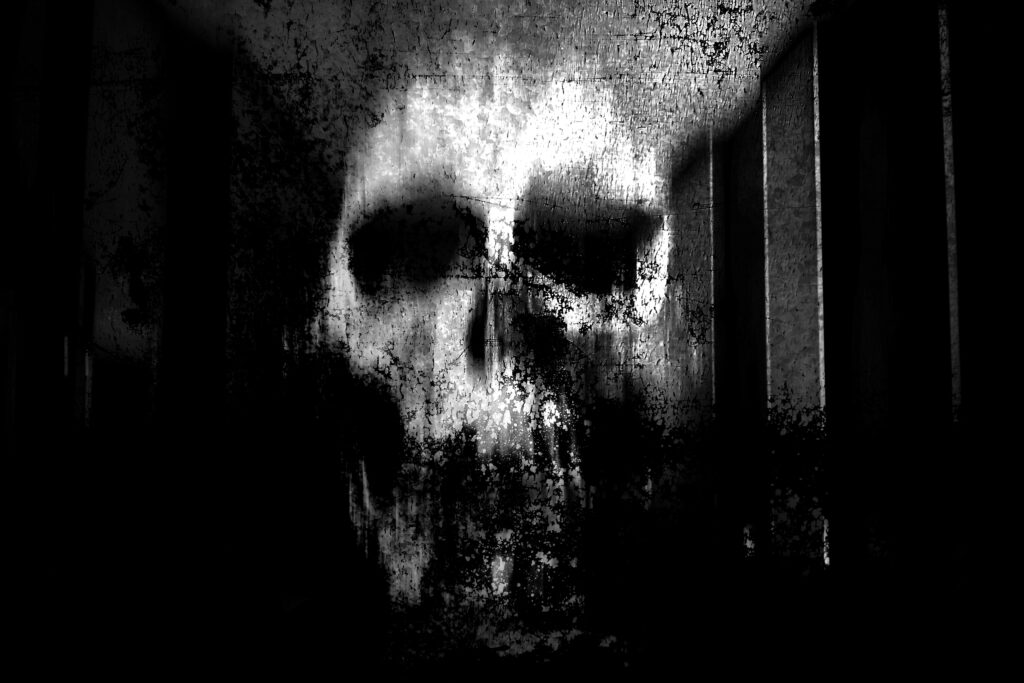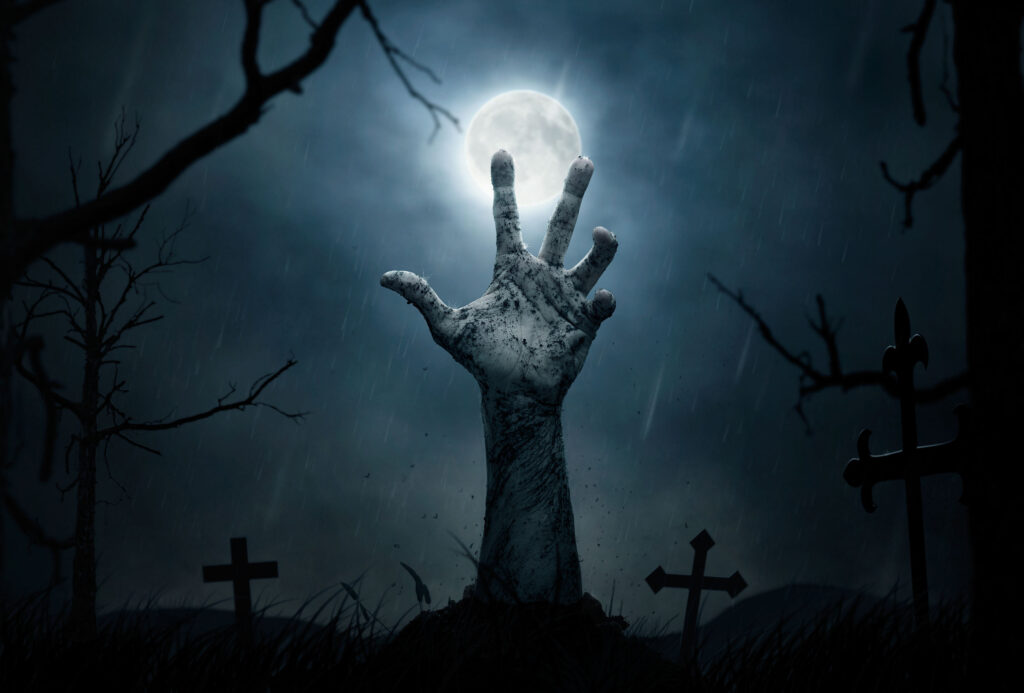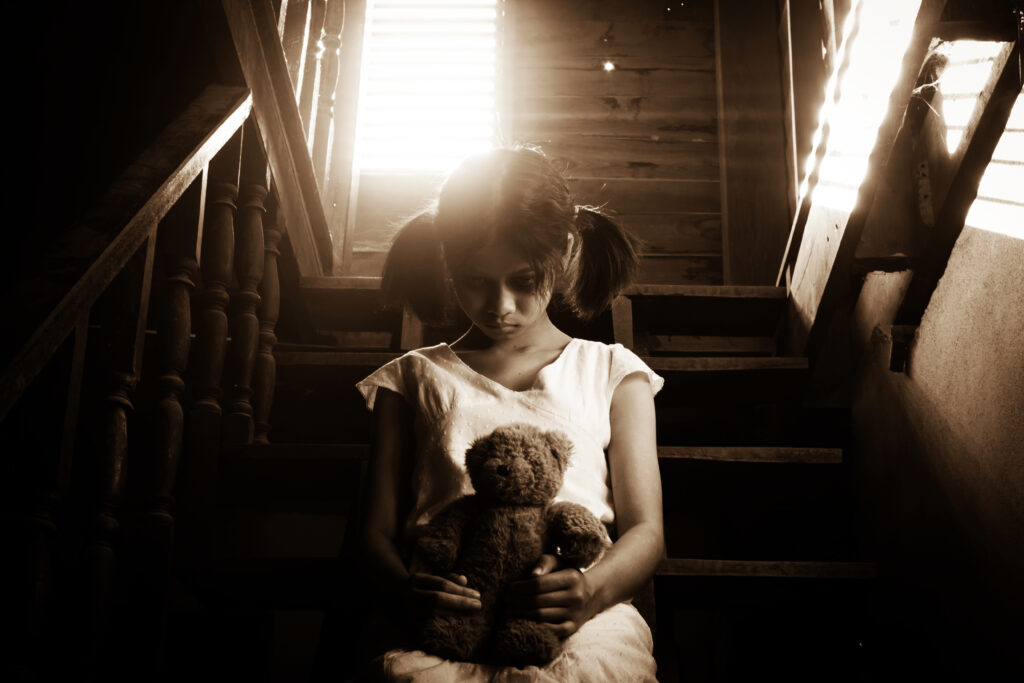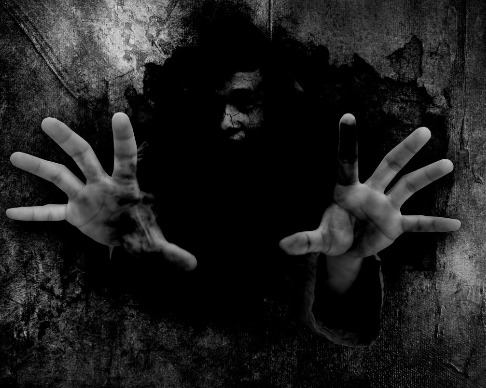The origins of the current Haunted attraction (or haunts as the American industry calls them), can be traced in history.
Years ago, many travelling carnivals used to use freaks and oddities to shock and amaze patrons. While this was no doubt cruel to the poor people labelled ‘freaks’, for many this was the only way they could earn an income.
According to Bekah McKendry in an article in Fangoria magazine, the first recorded haunted attraction was the Orton and Spooner Ghost House. This opened in 1915 in the United Kingdom! Interesting to think that the Americans have long dominated an industry that started here!


Madam Tassauds set up her wax museum in London in 1835, and this included the section known as the chamber of horrors. I know many people who make this their main target when visiting the waxworks.
The Haunted Mansion was opened by Walt Disney in the late sixties. This is still a popular ride, featuring a massive array of ghosts and ghouls!
In America, many places had charity haunted houses spring up, while in Britain we have all been on Ghost Trains that every funfair seem to have. Many featured plastic skeletons and white sheet ghosts, but this would be one of the things I would always do when visiting a funfair.
By the time the eighties had rolled round, many American amusement parks did some form of haunted attraction. Americans have always embraced Halloween more than we have, so the market was open for these attractions. I did not really notice many versions in the UK until the late 1990s.
By the turn of the century, a few enterprising individuals realized that the UK would be ready to have some similar haunted attractions. Places like Tulleys Farm, Broaditch Farm also Alton Towers, Dreamland, and Thorpe Park are putting on large Halloween events.
One gentleman, Michael Bolton, started the website [Scaretours] where he and his associates would visit attractions up and down the country, and give their views and description of the events. They now have an associated podcast [Scaretrack] that discusses the scare industry, and interviews people involved. The time and work they spend shows just how dedicated people are to the industry in this country.
Andy Rawlings, an actor who has worked at haunts in the UK and the US, has written a book ‘Through the Dead Eye’ which he describes his experiences and opinions in the industry. It is a really good read, and I believe that anyone would enjoy this book, not just those in the trade.
There has been a few changes in the Industry on both sides of the pond. In America, one attraction, McKamey Manor, has stirred up controversy due to the content of his haunt. This is a full contact attraction where you will be tied up, force fed, and have spiders and snakes poured on you. There has also been stories of waterboarding and people having blood
poured over them! The owner of the Darkworld attraction, and the Hauntworld website, Larry Kirchner is not impressed. He claims that if someone dies at McKamey Manor, it could affect the whole industry in the United States.
The issue of full contact haunts is one that divides the industry. Those for these haunts say that the consumer is getting harder to scare, and that attractions have to up the experience to please the customer. Those against claim that the industry is already heavily regulated, and haunts like McKamey Manor will eventually bring even more rules and regulations. Another argument is that all the time actors can’t touch patrons then the patrons will not touch the actors. If actors can grab and manhandle the patrons, then patrons might strike back.

Biometrix is a full contact haunt at the Broadwitch Hauntfest in Southfleet in Kent. It has won awards within the industry, and I think it is good addition to an excellent attraction. I think they have got the balance just right. The actors do not tie up or waterboard you, but they chase and grab you through the attraction. It seems to be a success, and a great example on how to do it properly.
The future of the industry looks very healthy. Halloween has got bigger in the UK, In 2001 spending stood at 12 million by 2016 it was an estimated 320 million. There is nothing to suggest that this will decline. There are suggestions that technology such as virtual reality can replicate the thrill of a haunted houses. I disagree, having used a VR headset to watch horror scenes, it may give you a jump, but nothing beats standing at the entrance of a haunted attraction, hearing other patron’s screams, and hearing various scary sound effects. There is also the smell of the attraction, I doubt VR can match that!

